Have you ever wondered if those grass clippings left behind after mowing your lawn could be put to good use? It’s a question that has crossed the minds of many homeowners and gardening enthusiasts.
Grass clippings are often overlooked as a valuable resource in lawn care but they can play a significant role in the growth and overall health of your lawn.
Exploring the potential of grass clippings in aiding new grass growth, their role as a natural fertilizer, and the possible drawbacks of using them can help us discover the hidden potential of grass clippings.
What we cover
ToggleGrass clippings and new grass growth
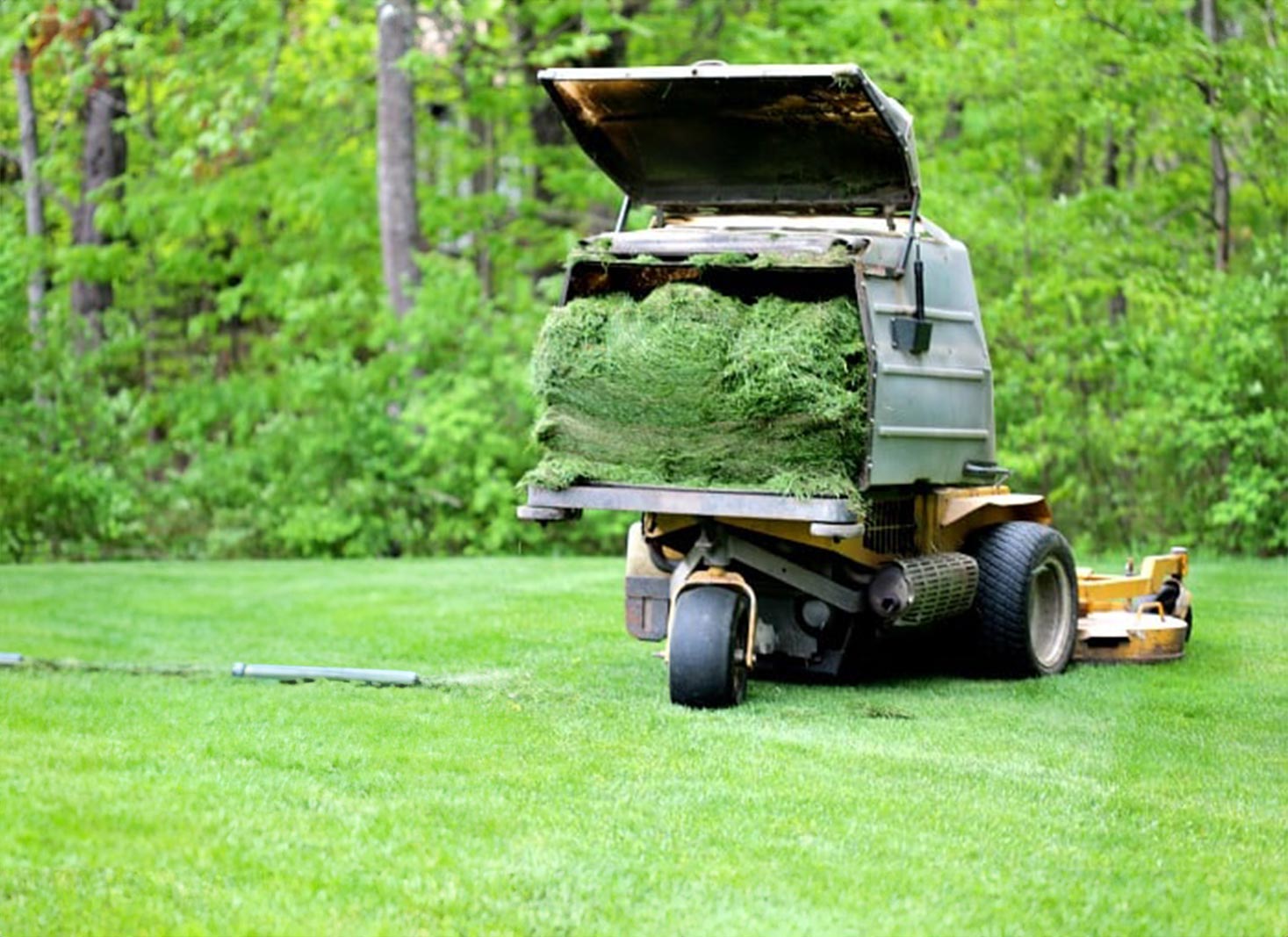
By decomposing, grass clippings provide essential nutrients to the soil, facilitating faster recovery of the grass after trimming.
Additionally, they can help restore a lush layer of grass to bare spots on your lawn by providing nutrients and protection from high temperatures.
In essence, grass clippings can contribute to the growth of new grass and help replenish barren spots with a vibrant layer of greenery.
Role of grass clippings in lawn health
Grass clippings can serve as a sort of natural band-aid for your lawn. They decompose within a few days and break down completely in three to four weeks under warm conditions.
During this process, grass clippings release nitrogen, phosphorus, and potassium, which are crucial nutrients for healthy grass growth.
By leaving grass clippings on your lawn, you encourage the degradation of these clippings into valuable nutrients for your turf.
However, it’s essential to avoid wet grass cuttings and apply a heavy layer of mulch when spreading grass clippings on bald spots to ensure optimal results.
Seed propagation from clippings
Now, you might be wondering if grass clippings can grow new plants on their own. The answer is no, grass clippings cannot generate new plants. Instead, grass propagation typically occurs through methods such as seeding, plugging, and sprigging.
Sprigging, for example, is a common practice of propagating grass through cut runners by disseminating stolons or rhizomes on prepared earth and covering them with a thin layer of soil. These alternative methods of grass propagation have proven to be more effective than relying on grass clippings alone.
Using grass clippings as a natural fertilizer
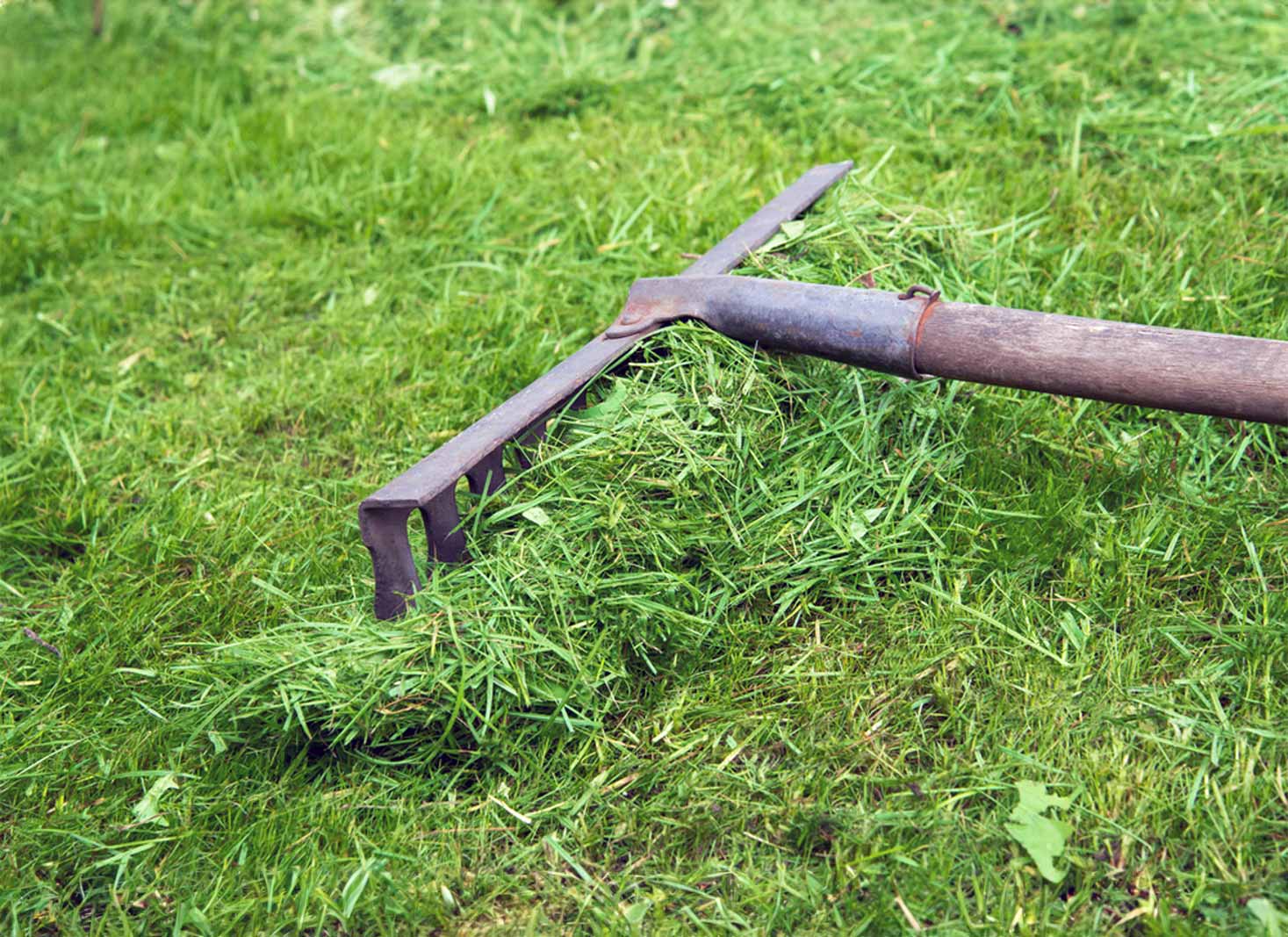
Grass clippings aid in new grass growth since they can also serve as a natural fertilizer for your lawn and garden. They supply the soil with nutrients, prevent weed growth, maintain moisture, and contain essential elements.
To effectively use grass clippings as a natural fertilizer, simply spread them in a thin layer over your lawn or garden.
However, it’s important to be cautious about using grass clippings in excess, as it may lead to thatch buildup, weed invasion, and disease.
Nutrient content
Grass clippings are laden with essential nutrients that promote healthy grass growth. They contain 4% nitrogen, 2% potassium, and 1% phosphorus, along with minor amounts of other plant nutrients.
Nitrogen encourages rapid and lush growth, phosphorus aids in the development of strong roots, and potassium fortifies grass against disease and drought.
By using grass clippings as a natural fertilizer, you can reduce the need for chemical fertilizers, decrease the amount of waste sent to landfills, and supply essential nutrients to your lawn and garden.
Application methods
Grass clippings can be employed in various ways as a natural fertilizer. They can be used as garden mulch, compost, or even as a liquid fertilizer.
They can be left on the lawn to decompose and supply nutrients to the soil. To ensure optimal results, allow the clippings to dry before application to avoid matting and hinder oxygen and nutrients from reaching the plant roots.
By utilizing grass clippings as a natural fertilizer, you can harness their nutrient composition and promote vigorous grass growth.
However, it’s crucial to be mindful of the potential drawbacks associated with grass clippings, such as thatch buildup, weed infiltration, and disease.
Covering new grass seed with grass clippings
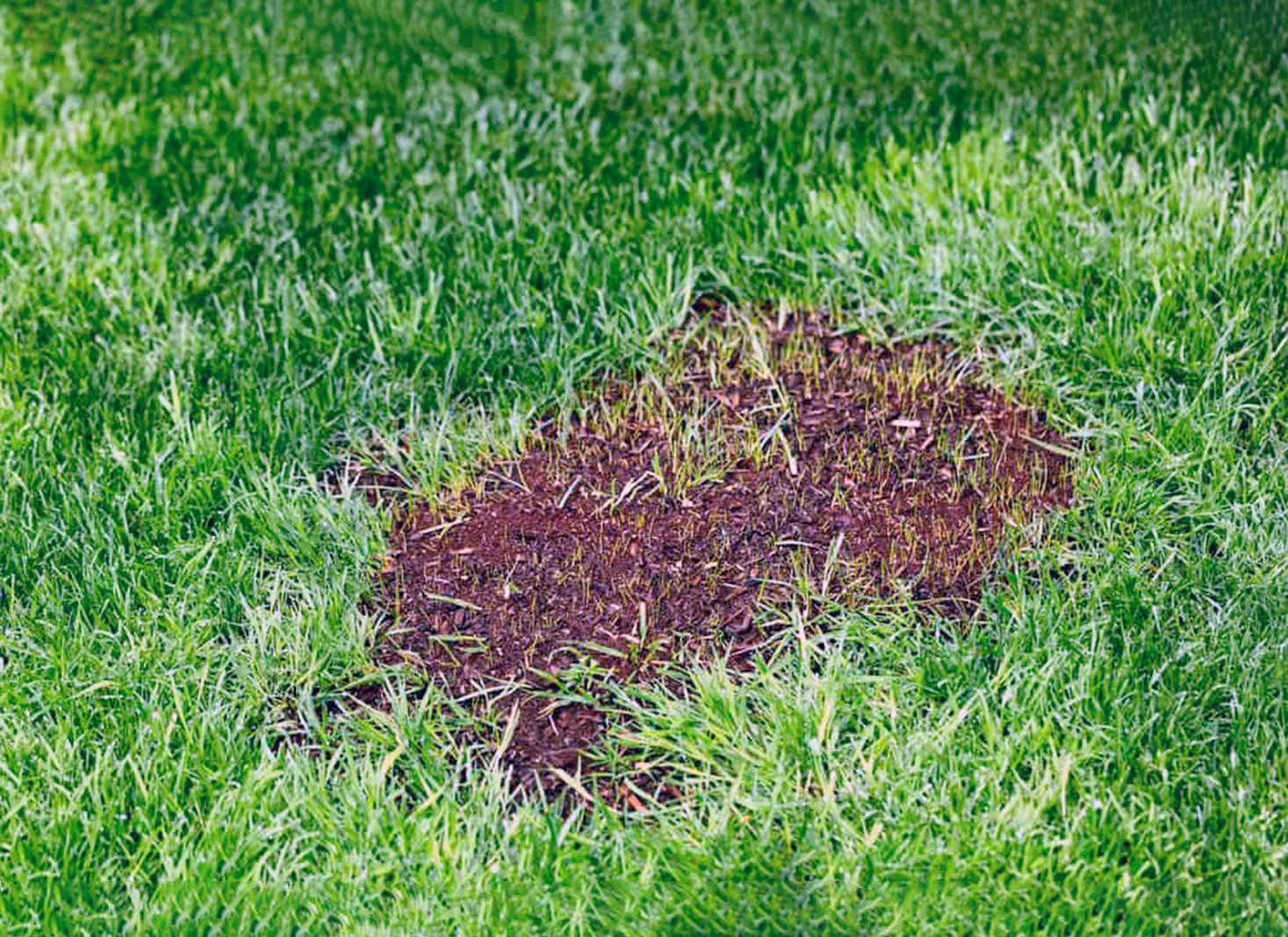
Covering new grass seed with grass clippings can provide several benefits. By doing so, you protect the grass seed from being washed away or consumed by birds.
However, there’s a delicate balance to be maintained when using grass clippings in this manner. The layer of grass clippings should not be too thick as it will block out the essential sunlight needed for the plants to grow.
Additionally, it may retain too much moisture in the soil, which can hinder the growth of certain species of plants. This creates an ideal environment for fungal growth and may damage the grass seed.
Therefore, it’s essential to ensure proper ventilation and moisture control when using grass clippings to cover new grass seeds.
Optimal thickness
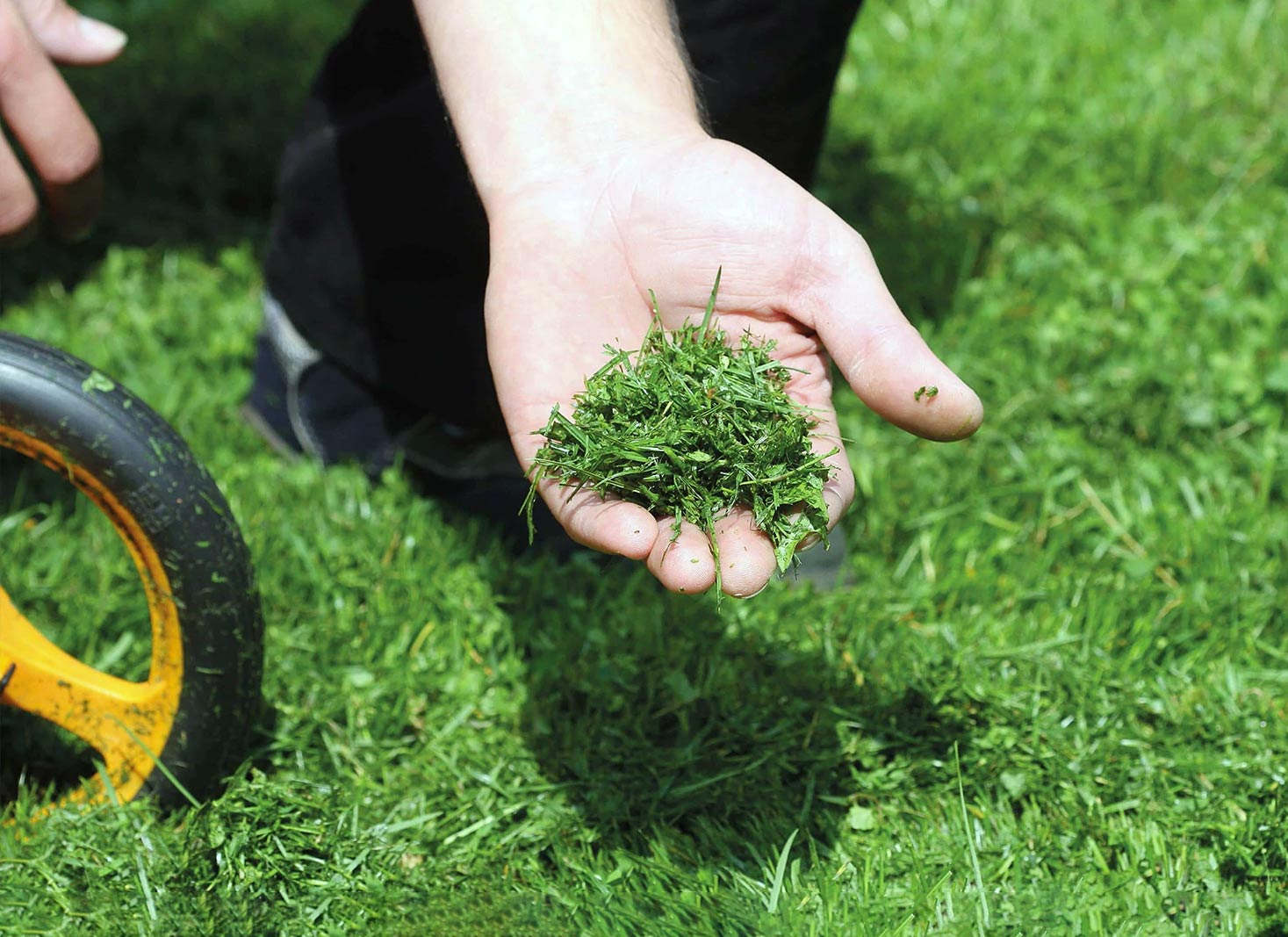
When covering new grass seed with grass clippings, it’s important to find the perfect balance. The ideal thickness for this purpose is a quarter-inch. Applying a thicker layer may suffocate the grass seed and hinder its growth.
By maintaining a thin layer of grass clippings, you can protect the grass seed while still allowing it to receive the necessary nutrients and sunlight to thrive.
Ventilation and moisture control
Proper ventilation and moisture control are crucial when using grass clippings to cover new grass seeds.
By applying grass clippings lightly and evenly over the seed, you allow air to circulate and prevent mold growth and suffocation of the seedlings.
It’s also essential to avoid using wet grass clippings, as they can trap too much moisture in the soil and lead to fungal growth.
By ensuring proper ventilation and moisture control, you can successfully use grass clippings to protect and nourish your new grass seed.
Potential drawbacks of using grass clippings
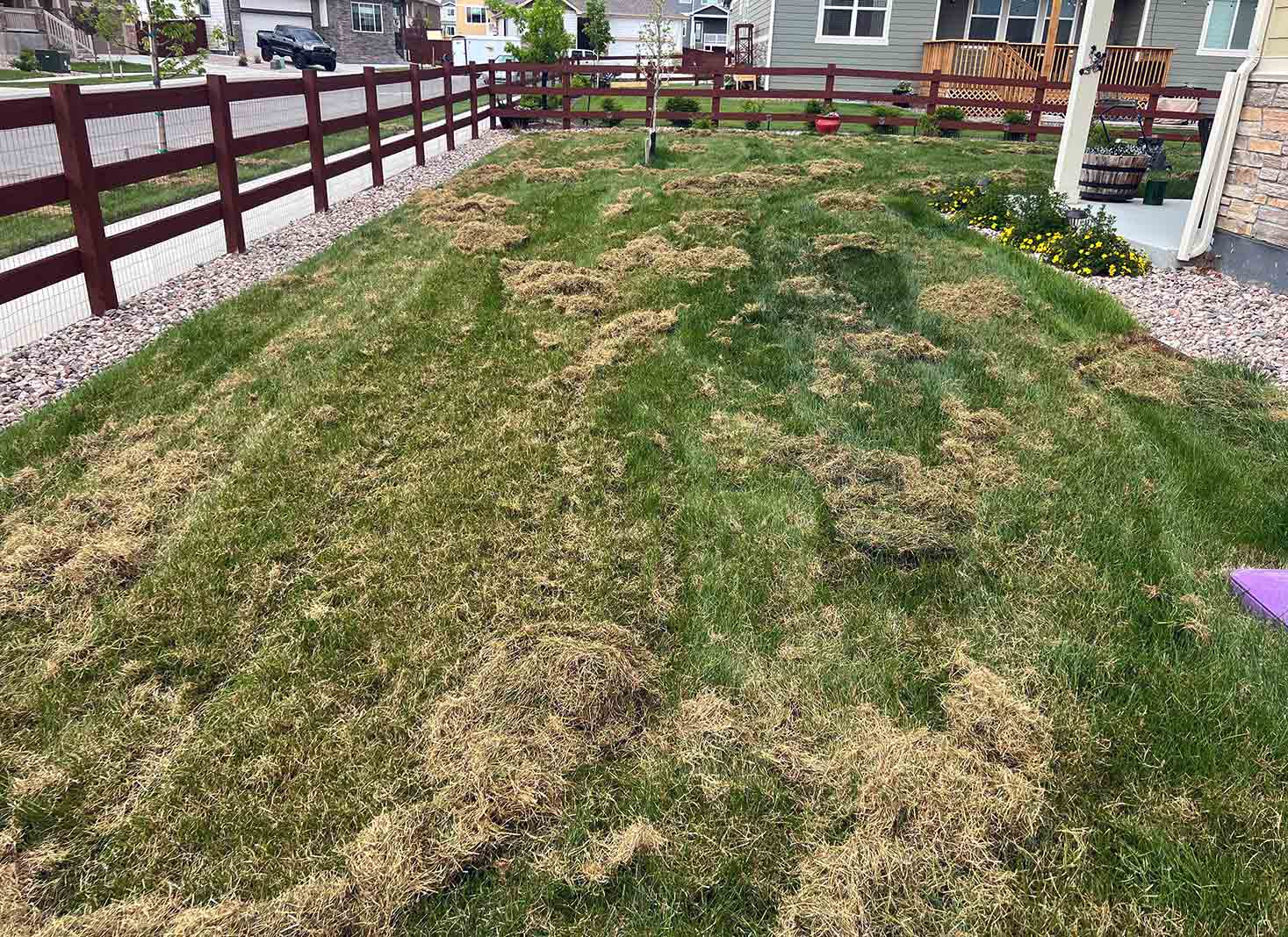
While grass clippings can offer numerous benefits to your lawn, there are potential drawbacks to consider. Leaving grass clippings on your lawn can lead to thatch buildup, which can obstruct water and nutrients from reaching the soil.
Additionally, grass clippings can attract insects, block airflow, and interfere with root growth.
To mitigate these potential issues, it’s essential to monitor the amount of grass clippings left on your lawn and remove any clumps or excess clippings as necessary.
Thatch buildup
Thatch buildup is a layer of dead and living shoots, stems, and roots that develop between the zone of green vegetation and the soil surface. It occurs when turf produces organic debris faster than it can be broken down.
Thatch buildup can reduce water and nutrient absorption, increase weed growth, and elevate the risk of disease.
To prevent thatch buildup, it’s important to regularly mow your lawn, remove clippings, aerate your lawn, and utilize a thatch-removing tool as needed.
Weed invasion and disease
Using grass clippings as mulch may introduce weed seeds and pathogens that can cause disease in plants. Additionally, chemicals used on the lawn can be harmful to plants if present in the grass clippings.
To avoid weed invasion and disease when utilizing grass clippings, it’s generally safe to use dry grass clippings that have not been treated with chemicals.
Alternative methods for growing new grass
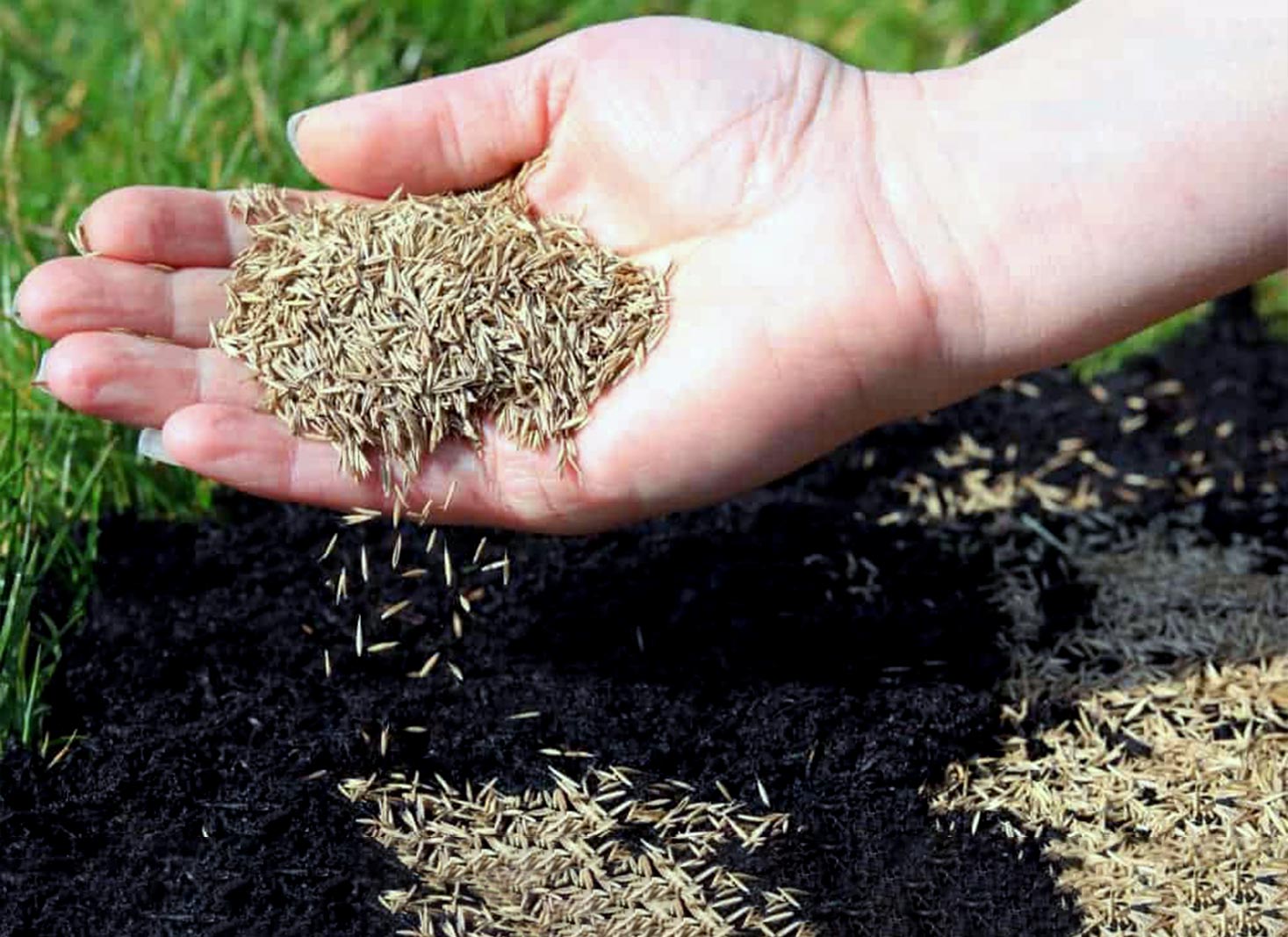
While grass clippings can play a role in improving your lawn’s health and promoting new grass growth, there are alternative methods for growing new grass that may prove more reliable.
Seeding and planting plugs or stolons are two such methods, which can offer better control over the type of grass and the amount of seed used.
By exploring these alternative methods, you can find the best approach for cultivating a lush, healthy lawn tailored to your specific needs and preferences.
Seeding
Seeding is a popular method for growing new grass. It involves planting grass seed directly into the soil, making it an affordable and straightforward option for homeowners and gardening enthusiasts.
To ensure successful growth, it’s crucial to prepare the soil, eliminate weeds, and fertilize appropriately.
While seeding can be labor-intensive and sometimes challenging to achieve even coverage, it remains a reliable method for growing new grass with greater control over the type of grass and the amount of seed used.
Plugs and stolons
Another reliable method for growing new grass is through the use of plugs and stolons. Plugs are small pieces of sod that are planted in the soil, while stolons are runners that are also planted in the soil.
Both plugs and stolons can survive mower blades and establish quickly, making them an attractive option for growing new grass.
By considering these alternative methods, you can determine the best approach for cultivating a thriving lawn that meets your specific needs and preferences.
FAQ's
Generally, leaving grass clippings on the lawn is beneficial and will help reduce fertilization costs. As long as the clippings are not overly thick or covering a large area of the lawn, they can provide essential nutrients that will nourish the grass and promote healthy growth.
Using grass clippings to cover newly spread grass seed can be beneficial, but it must be done in a controlled manner. Make sure to bag the clippings and let them dry before using them as a thin layer of mulch on top of the seed.
This way, you can provide your grass seedlings with the extra nutrients they need without overburdening them.
Cut grass may have the potential to reseed itself depending on its species. Some varieties of grass require flowering before they can produce seeds, while other types are capable of spreading through side shoots that grow above and below the soil.
These side shoots can spread quickly, allowing the grass to spread to new areas and establish itself in a short amount of time. This makes it an ideal choice.
For new lawns, it’s best to mulch your grass clippings instead of bagging them. Doing so returns valuable nutrients to the lawn and helps keep weeds away.
If you do need to remove them, composting or using them as mulch are good alternatives.
